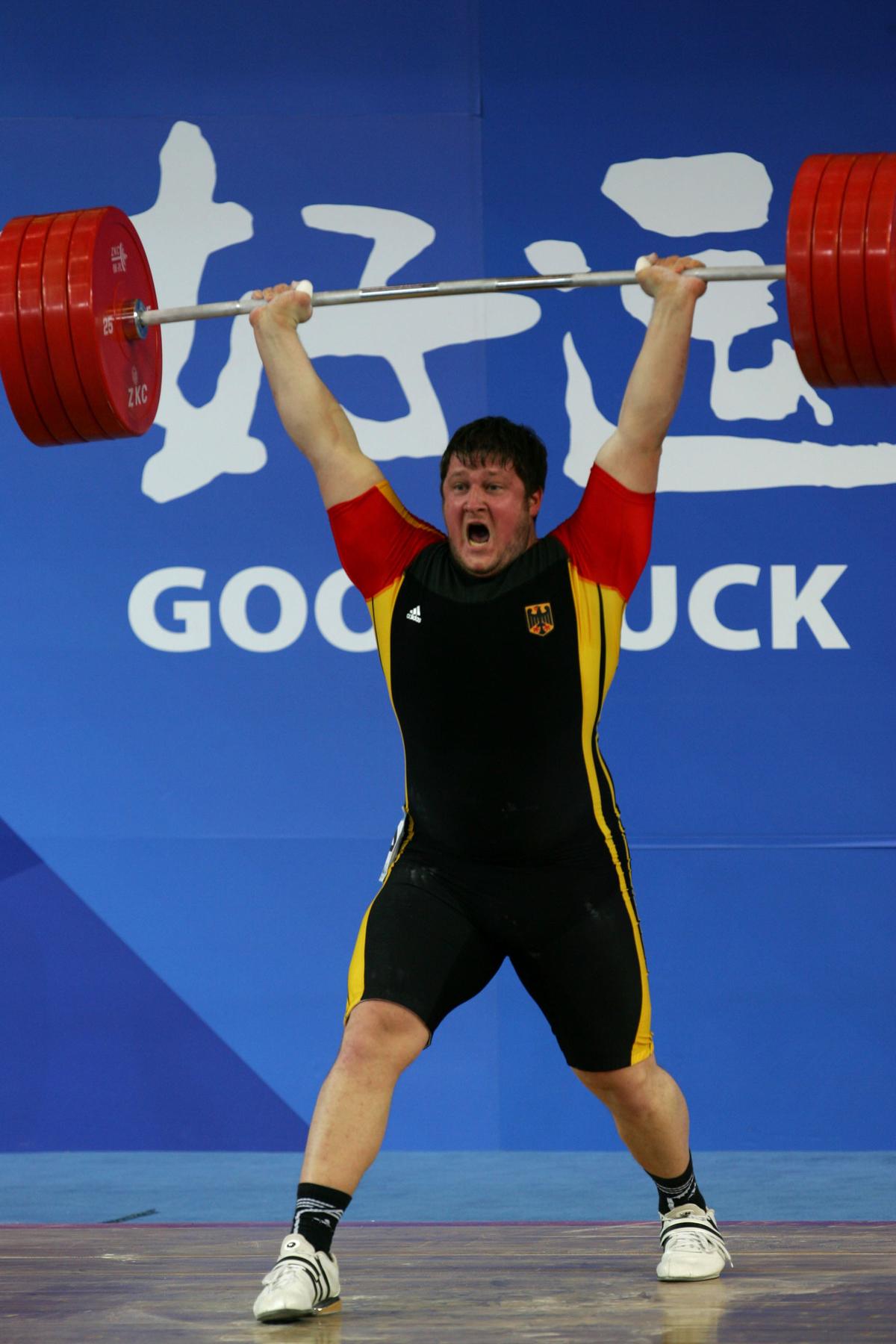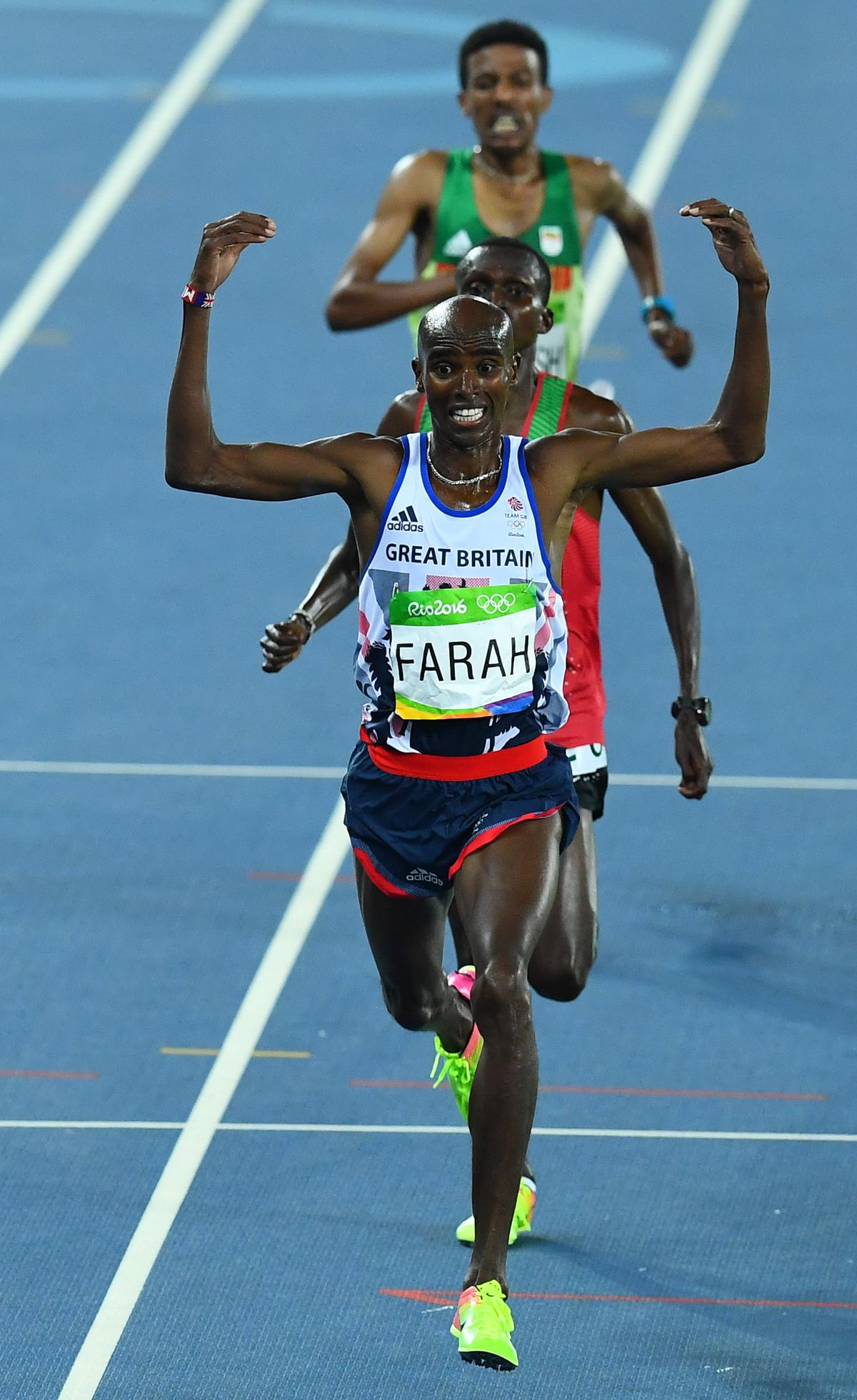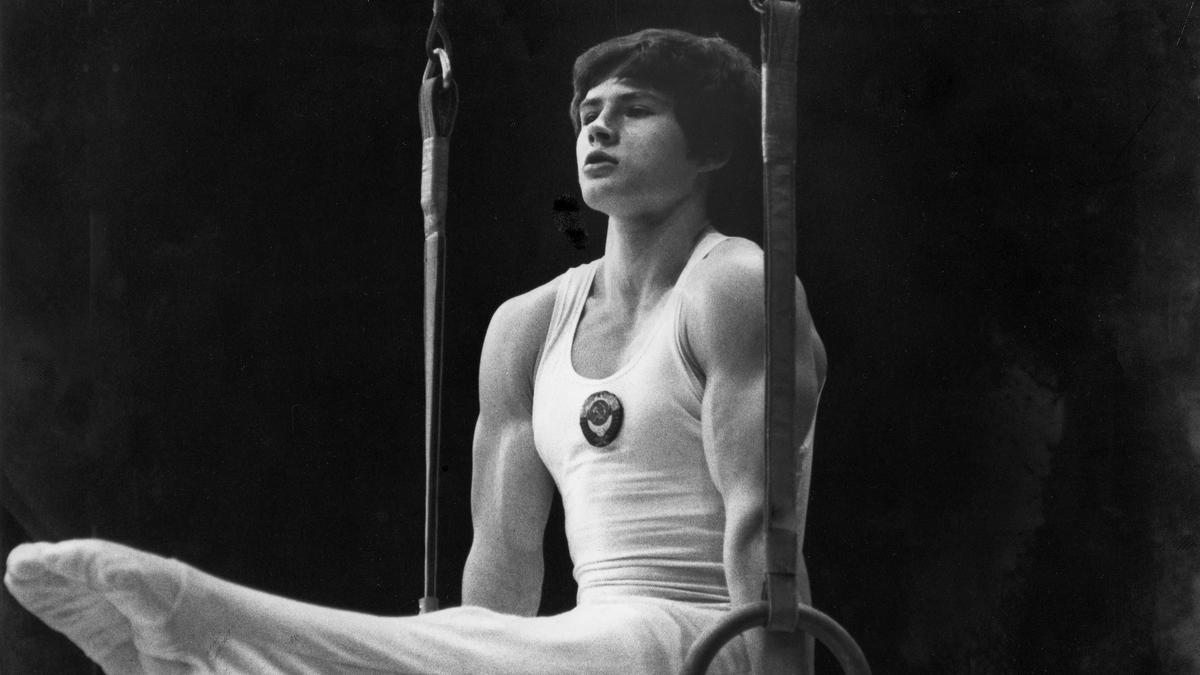Never say die: The greatest Olympic comeback stories
Dmitry Bilozerchev
Dmitry Bilozerchev, one of the most accomplished gymnasts in history, represented the Soviet Union. He trained in Moscow at the Armed Forces Sports Society and was renowned for his impeccable form, style, and technique.
At the age of 16, he achieved a remarkable feat by winning four titles at the 1983 World Championships: all-around, pommel horse, rings, and bars. His all-around gold came with an impressive score of 59.85, out of a possible 60.
A year later, in 1984, he dominated the Friendship Games, an alternative event for communist nations boycotting the Los Angeles Olympics. Bilozerchev secured five gold medals (team, all-around, pommel horse, rings, and bars) along with a bronze in the vault.
Following his stellar performance, disaster struck in 1985 when Bilozerchev was involved in a serious accident that shattered his leg in over 41 places. There was a possibility of amputation, but fortunately, he underwent successful surgery and embarked on a challenging road to recovery.
Despite his leg being permanently altered, he showed remarkable resilience.
After undergoing ankle surgery in 1986, Bilozerchev made a triumphant return to the international stage, winning four gold and two silver medals at the 1987 World Championships.
Bilozerchev showcased his determination at the 1988 Seoul Olympics, where he claimed three gold medals in the pommel horse, still rings, and team events. Although a mistake on the horizontal bars cost him the all-around gold, he managed to secure the bronze, underscoring his ability to overcome substantial challenges.
Matthias Steiner
Born in Vienna, Austria, Matthias Steiner followed his father’s footsteps into weightlifting despite being diagnosed with Type-1 diabetes. In 2004, he sought German citizenship after marrying Susann, a German woman. Tragedy struck a year before the 2008 Beijing Olympics when Susann died in a car accident, causing Steiner to lose around 7-8 kgs due to grief.
Despite this devastating loss, Steiner persevered, receiving German citizenship in early 2008 and intensifying his preparation for the Olympics.
Fast forward to the Games, where the retirement of world record holder Hossein Rezazadeh set the stage for a fierce competition between Steiner, Russian Evgeny Chigishev, and Latvian World Champion Viktors Scerbatihs. Steiner faltered in the snatch round, failing to lift 207kg on his third attempt and landing fourth in the rankings with 203kg.

Matthias Steiner during the weightlifting event at the 2008 Beijing Olympics.
| Photo Credit:
Getty Images
Matthias Steiner during the weightlifting event at the 2008 Beijing Olympics.
| Photo Credit:
Getty Images
In the clean and jerk round, Chigishev and Scerbatihs surged ahead, with first attempts of 240kg and 242kg, respectively. Steiner faced the challenge of lifting 246kg, but despite his efforts, he failed.
However, Scerbatihs’ subsequent failure opened a door for Steiner.
With the Russian leading, Steiner needed a 248kg lift to secure a podium spot, which he succeeded.
Fortune seemed to favour him as the Latvian faltered once more. With Chigishev’s successful 250kg lift, Steiner knew he had to exceed his previous attempt by 10kg to clinch gold. He summoned all his strength and successfully lifted 258kg, totalling 461kg, 15kg more than his second-best total.
As Steiner stood on the podium, he proudly displayed Susann’s photo, symbolising his triumph amidst adversity.
Mo Farah
Great Britain’s Mo Farah successfully staged a comeback after a dramatic mid-race fall to defend his men’s 10,000m title at the 2016 Rio Olympic Games.
The British athlete fell after clipping the back of the heel of his training partner, Galen Rupp, who had won silver at the 2012 London Olympics. Despite the tumble, Farah quickly recovered and rejoined the leading pack.
In a thrilling final lap, Paul Tanui tried to make a statement, but Farah, known for his strong finishes, outpaced the Kenyan to win gold, clocking 27:05.17. Tamirat Tola of Ethiopia secured bronze.

Mo Farah won gold in the 10,000m and 5,000m at both the 2012 and 2016 Olympics.
| Photo Credit:
AFP
Mo Farah won gold in the 10,000m and 5,000m at both the 2012 and 2016 Olympics.
| Photo Credit:
AFP
Farah’s 10,000m Olympic victory added another chapter to his illustrious career, which began with a gold in the London Games four years prior, followed by a double with a win in the 5,000m.
However, his path to the 10,000m victory in Rio had challenges. While an accidental collision with Rupp may not have significantly disrupted his rhythm, Tanui and Geoffrey Kamworor of Kenya attempted to set a fast pace to counter Farah’s renowned finishes.
Kamworor’s strategy backfired as he faded in the later stages, leaving Tanui to challenge Farah for the win.
Despite Tanui’s efforts to break away on the last lap, Farah demonstrated resilience and surged ahead in the final 100m to claim gold again.
A week later, he successfully defended his title in the 5,000m to become the second man after Finland’s Lasse Viren to win 5,000m and 10,000m gold at two Olympics.



